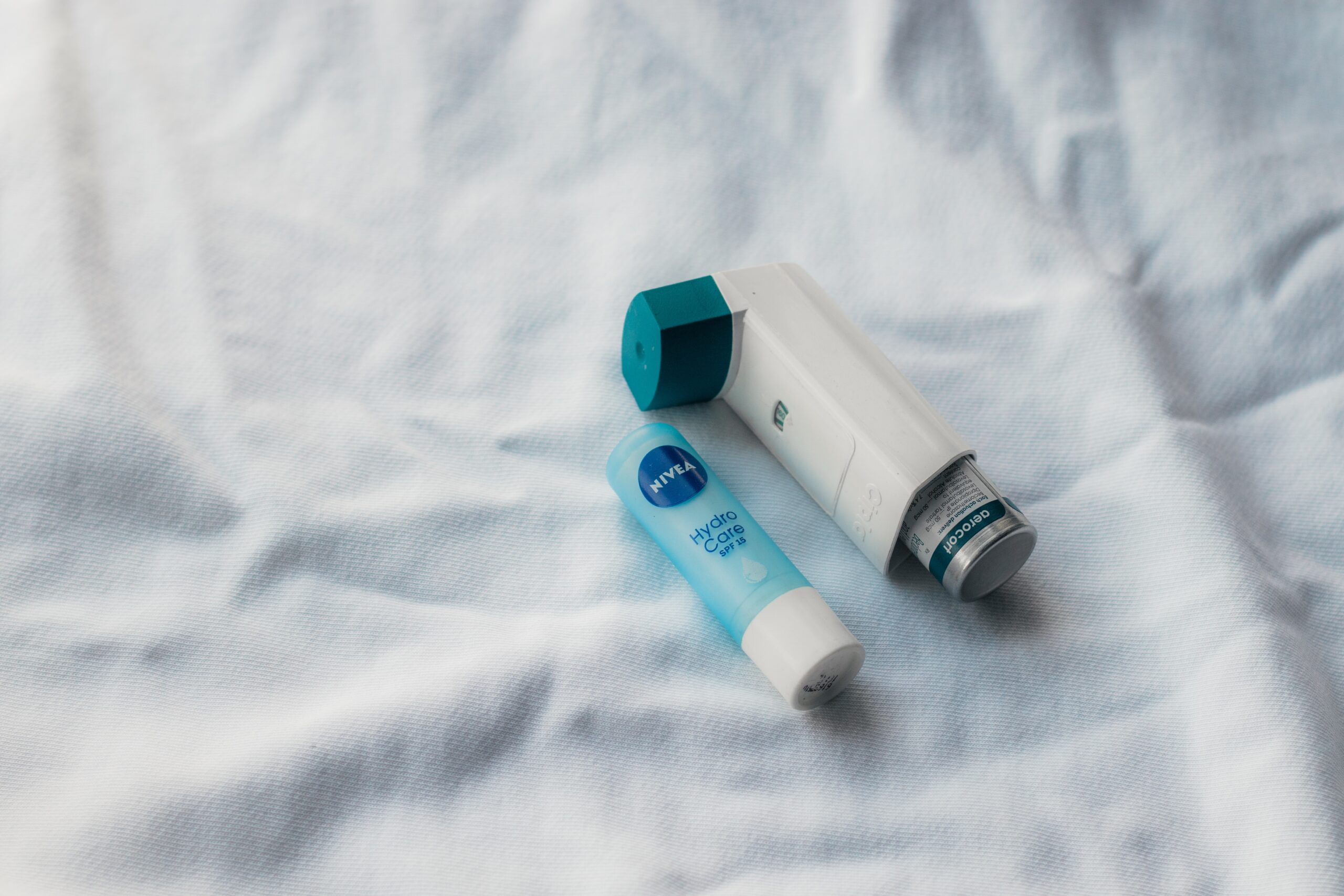Dry Eyes? Not Anymore: Quick Fixes That Actually Work

Do you often experience dry eyes? If so, you’re not alone. Dry eyes are a common problem that can be caused by a variety of factors, including environmental conditions, aging, and certain medical conditions. The good news is that there are several quick fixes that can help alleviate the discomfort and irritation associated with dry eyes. In this article, we’ll explore some of the most effective solutions to help you find relief.
Understanding Dry Eyes
Before we delve into the quick fixes, it’s important to understand what causes dry eyes. Dry eye syndrome occurs when your eyes do not produce enough tears or when the tears evaporate too quickly. This can result in symptoms such as stinging, burning, redness, and blurred vision.
Now that we have a basic understanding of dry eyes, let’s explore some quick fixes that can provide relief.
1. Use Artificial Tears
Artificial tears are over-the-counter eye drops that can help lubricate your eyes and provide relief from dryness. These drops mimic the composition of natural tears and can be used as often as needed throughout the day. Look for preservative-free options for maximum comfort.
When using artificial tears, it’s important to follow the instructions provided and avoid touching the tip of the dropper to prevent contamination.
Additionally, consult with your eye care professional to determine the best type of artificial tears for your specific needs.
2. Take Breaks from Screen Time
In today’s digital age, many of us spend hours staring at screens, whether it’s a computer, smartphone, or tablet. Prolonged screen time can contribute to dry eyes as we tend to blink less frequently, leading to increased evaporation of tears.
To combat this, make a conscious effort to take regular breaks from screen time. Follow the 20-20-20 rule: every 20 minutes, look at something 20 feet away for at least 20 seconds. This simple practice can help reduce eye strain and promote tear production.
Additionally, consider using a blue light filter on your devices to minimize eye fatigue and dryness.
3. Stay Hydrated
Dehydration can exacerbate dry eyes, so it’s crucial to stay properly hydrated throughout the day. Drink an adequate amount of water and limit your consumption of dehydrating beverages such as caffeine and alcohol.
Increasing your water intake can help maintain the moisture balance in your body, including your eyes. Keep a water bottle handy and make it a habit to drink water regularly.
4. Use a Humidifier
Dry indoor air can contribute to dry eyes. Using a humidifier can help add moisture to the air, creating a more comfortable environment for your eyes.
Place a humidifier in the rooms where you spend the most time, such as your bedroom or office. Aim for a humidity level between 30% and 50% to prevent excessive dryness.
Remember to clean and maintain your humidifier regularly to prevent the growth of bacteria or mold.
5. Avoid Environmental Triggers
Environmental factors, such as wind, smoke, and dry climates, can worsen dry eyes. Whenever possible, avoid exposure to these triggers.
If you’re going outside on a windy day, wear wraparound sunglasses to protect your eyes from drying out. In smoky environments, try to limit your exposure or use protective eyewear.
When traveling to dry climates, consider using a portable humidifier or using artificial tears more frequently to keep your eyes moisturized.
6. Maintain Good Eyelid Hygiene
Proper eyelid hygiene is essential for preventing and managing dry eyes. Clean your eyelids daily using a gentle cleanser or baby shampoo diluted with water. Gently massage the eyelids to remove any debris or oil buildup.
Keeping your eyelids clean can help prevent blockages in the glands that produce tears, allowing for better tear production and distribution.
Consult with your eye care professional for specific instructions on eyelid hygiene.
Conclusion
Dry eyes can be a frustrating and uncomfortable condition, but with the right quick fixes, you can find relief. Remember to use artificial tears, take breaks from screen time, stay hydrated, use a humidifier, avoid environmental triggers, and maintain good eyelid hygiene.
If your symptoms persist or worsen, it’s important to consult with an eye care professional for a comprehensive evaluation and personalized treatment plan. Don’t let dry eyes hold you back from enjoying clear and comfortable vision.




